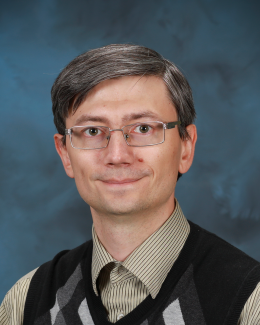Abstract
Poly(acrylamidoxime) fibers are the current state of the art adsorbent for mining uranium from seawater. However, the competition between uranyl (UO22+) and vanadium ions poses a challenge to mining on the industrial scale. In this work, we employ density functional theory (DFT) and coupled-cluster methods (CCSD(T)) in the restricted formalism to investigate potential binding motifs of the oxovanadium(IV) ion (VO2+) with the formamidoximate ligand. Consistent with experimental EXAFS data, the hydrated six-coordinate complex is predicted to be preferred over the hydrated five-coordinate complex. Our investigation of formamidoximate-VO2+ complexes universally identified the most stable binding motif formed by chelating a tautomerically rearranged imino hydroxylamine via the imino nitrogen and hydroxylamine oxygen. The alternative binding motifs for amidoxime chelation via a non-rearranged tautomer and η2 coordination are found to be ~11 kcal/mol less stable. The difference in the most stable VO2+ and UO22+ binding conformation has important implications for the design of more selective UO22+ ligands.



